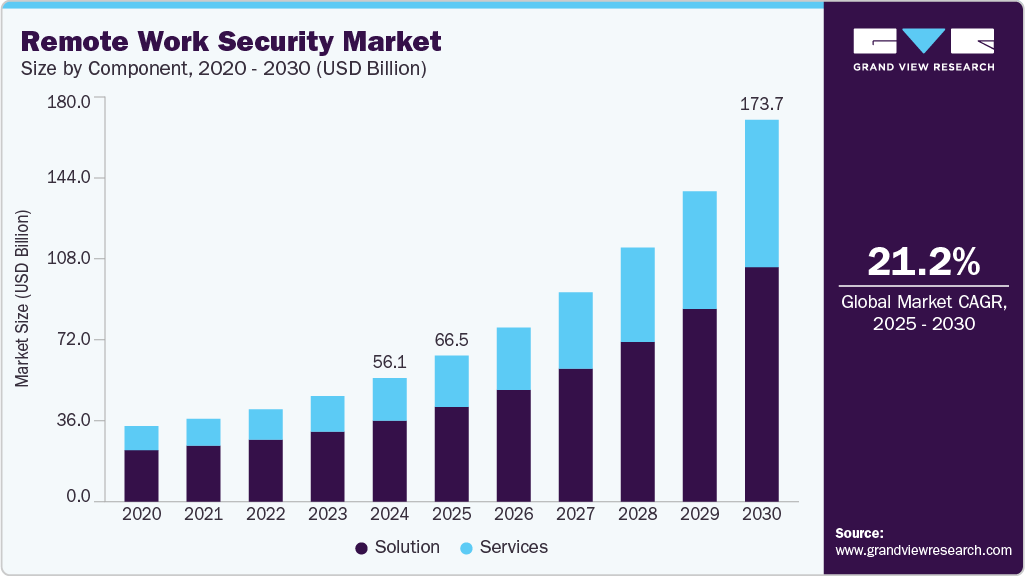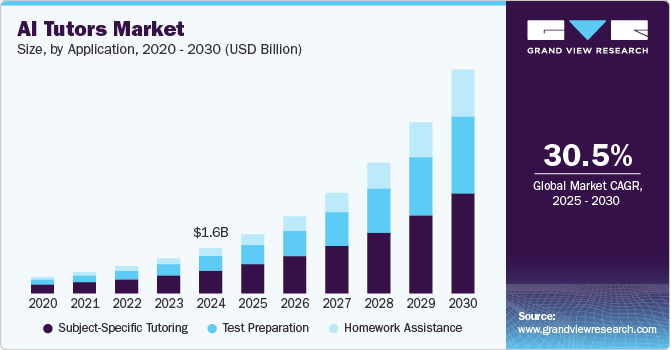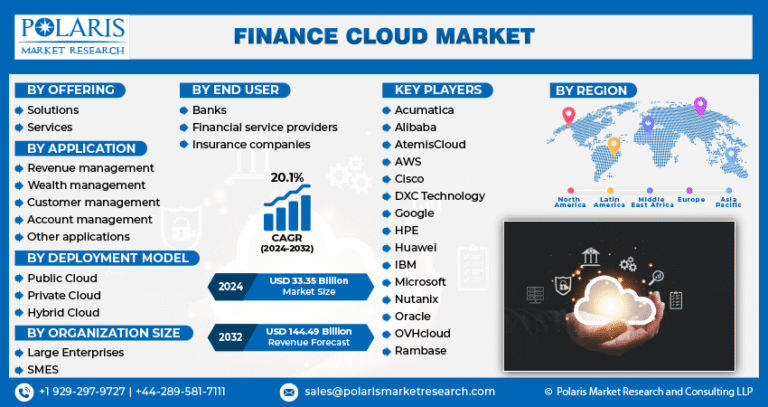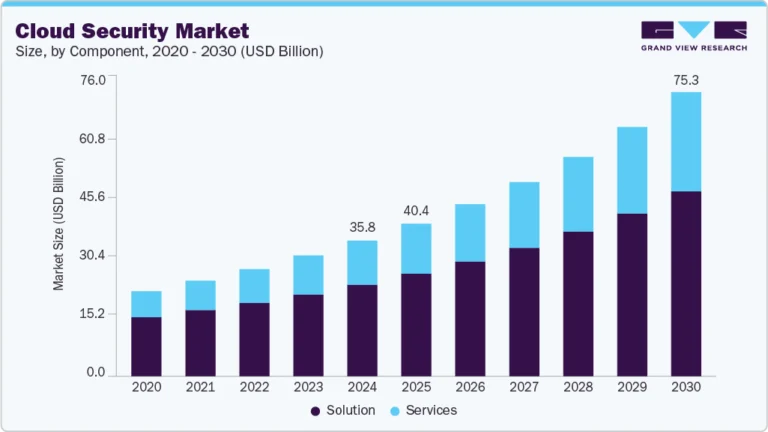Remote Work Security Market Size, Share & Trends Analysis growing at a CAGR of 21.2% from 2025 to 2030

The global remote work security market size was estimated at USD 56.15 billion in 2024 and is projected to reach USD 173.66 billion by 2030, growing at a CAGR of 21.2% from 2025 to 2030. The remote work security market has emerged as a vital component of enterprise IT strategy in the wake of the global shift toward hybrid and fully remote work models.
Key Market Trends & Insights
- North America held a significant revenue share of over 39.0% of the remote work security market in 2024.
- The remote work security market in the U.S. is expected to grow significantly from 2025 to 2030.
- Based on component, the solution segment accounted for the largest market share of over 65.0% in 2024.
- By security type, the endpoint & IoT security segment accounted for the largest market share in 2024.
- Based on remote work model, the hybrid segment dominated the market and accounted for a revenue share of over 56.0% in 2024.
Market Size & Forecast
- 2024 Market Size: USD 56.15 Billion
- 2030 Projected Market Size: USD 173.66 Billion
- CAGR (2025-2030): 21.2%
- North America: Largest market in 2024
- Asia Pacific: Fastest growing market
Request a free sample copy or view report summary: https://www.grandviewresearch.com/industry-analysis/remote-work-security-market-report/request/rs1
The COVID-19 pandemic served as the catalyst for this transformation, forcing organizations across industries to adopt digital collaboration tools, cloud-based platforms, and remote access technologies. As businesses rapidly transitioned to these new work environments, the attack surface expanded dramatically, giving rise to an urgent need for more robust cybersecurity infrastructures. This market encompasses a broad spectrum of technologies and services aimed at protecting data, devices, and networks used by remote employees.
The widespread adoption of remote and hybrid work models has fundamentally reshaped how businesses operate. Even after the pandemic, many organizations have transitioned to permanent or flexible remote work arrangements, allowing employees to work from various locations beyond traditional office environments. This shift has increased the reliance on digital tools such as cloud platforms, collaboration software, and remote access technologies. However, it has also expanded the attack surface, exposing corporate networks to greater risks from unsecured home Wi-Fi, personal devices, and off-site access points. As a result, there is a growing demand for robust security solutions, particularly in endpoint, application, and network security-to protect sensitive data and ensure secure communication. Companies are increasingly investing in tools like multi-factor authentication (MFA), VPNs, secure web gateways, and endpoint detection and response (EDR) systems to safeguard distributed workforces while maintaining productivity and compliance in an evolving threat landscape.






